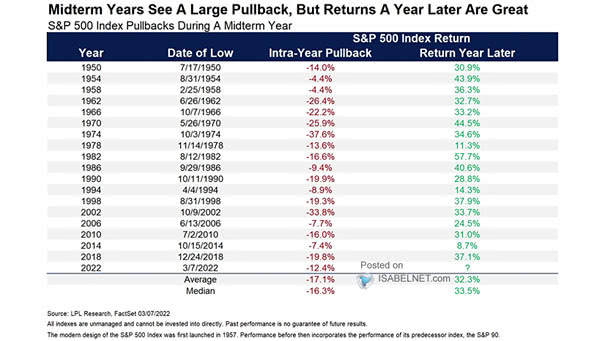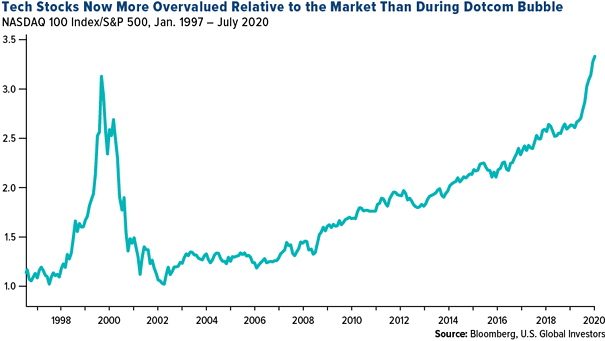S&P 500 Index Peak-to-Trough During a Midterm Year
S&P 500 Index Peak-to-Trough During a Midterm Year Midterm years often bring large pullbacks — but history says don’t panic. Since 1950, every midterm-year bottom in U.S. stocks has been followed by a powerful rebound, averaging gains of more than 30% over the next 12 months. Image: Carson Investment Research


